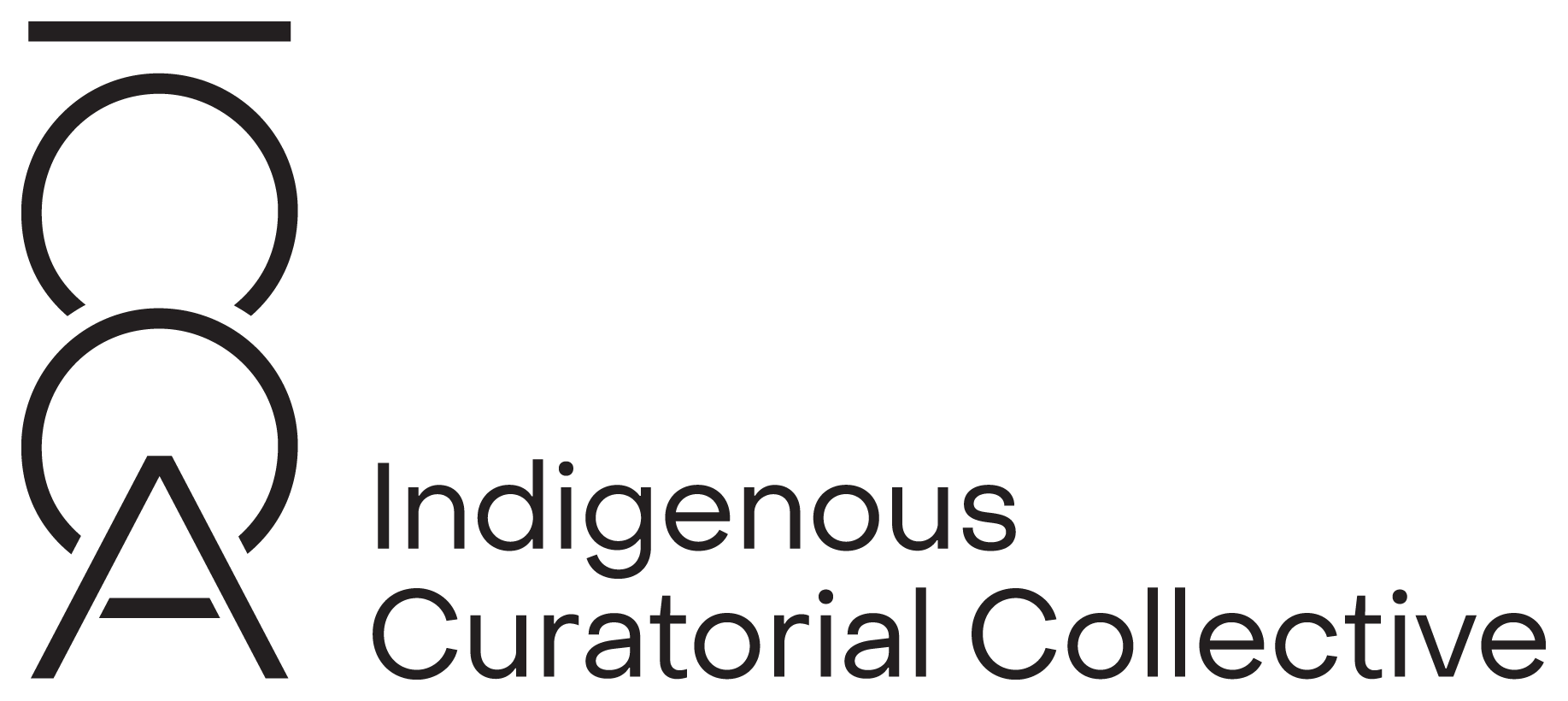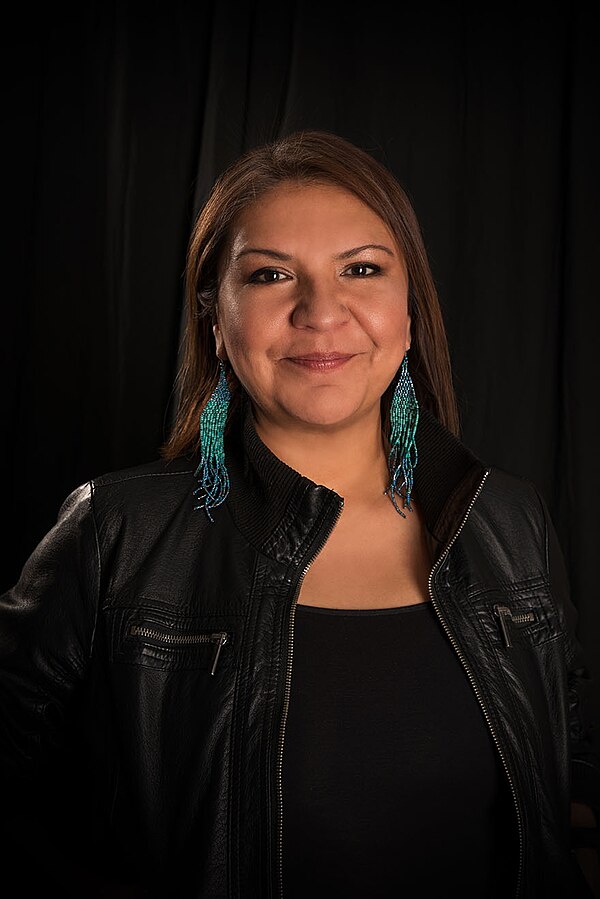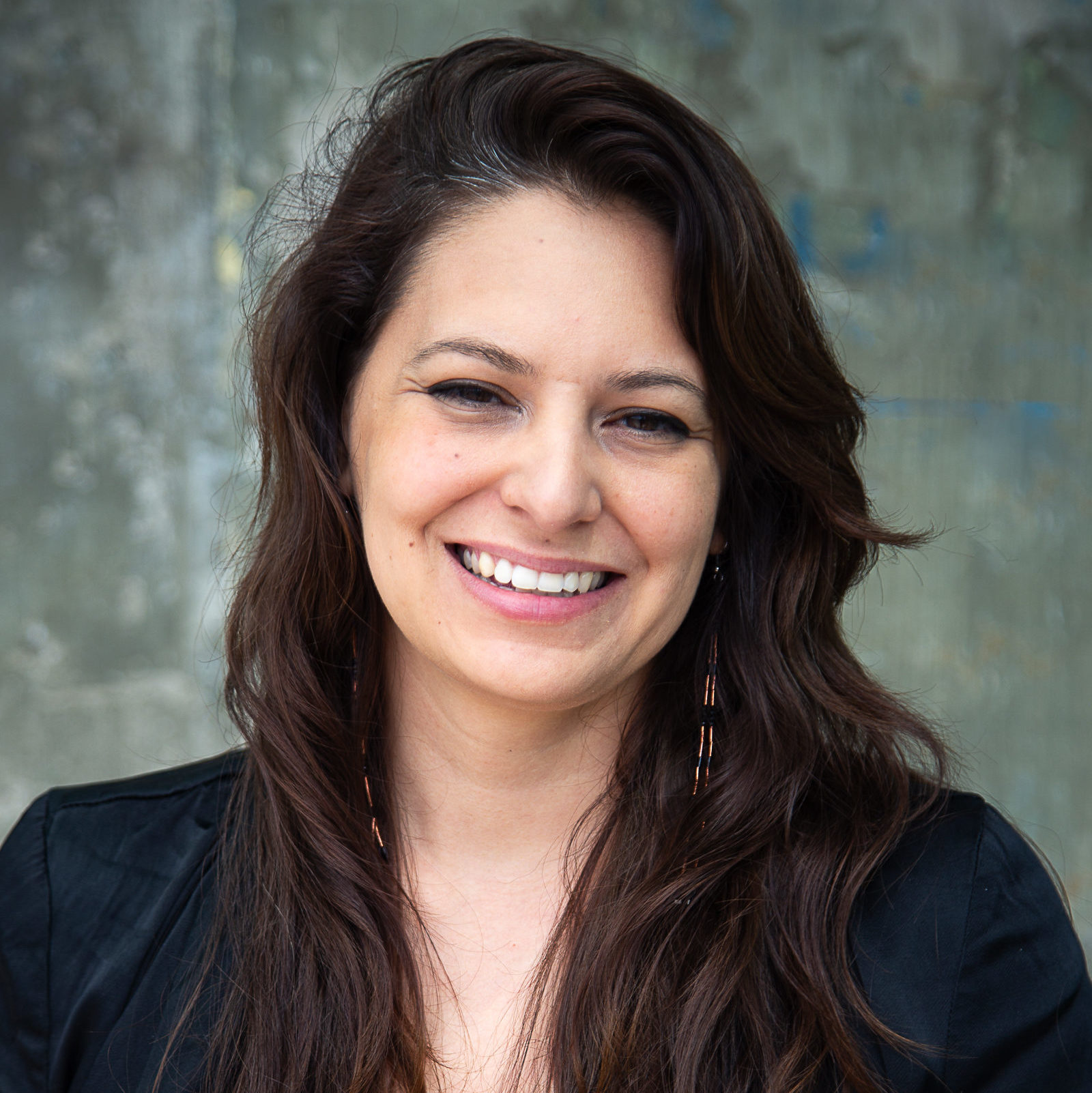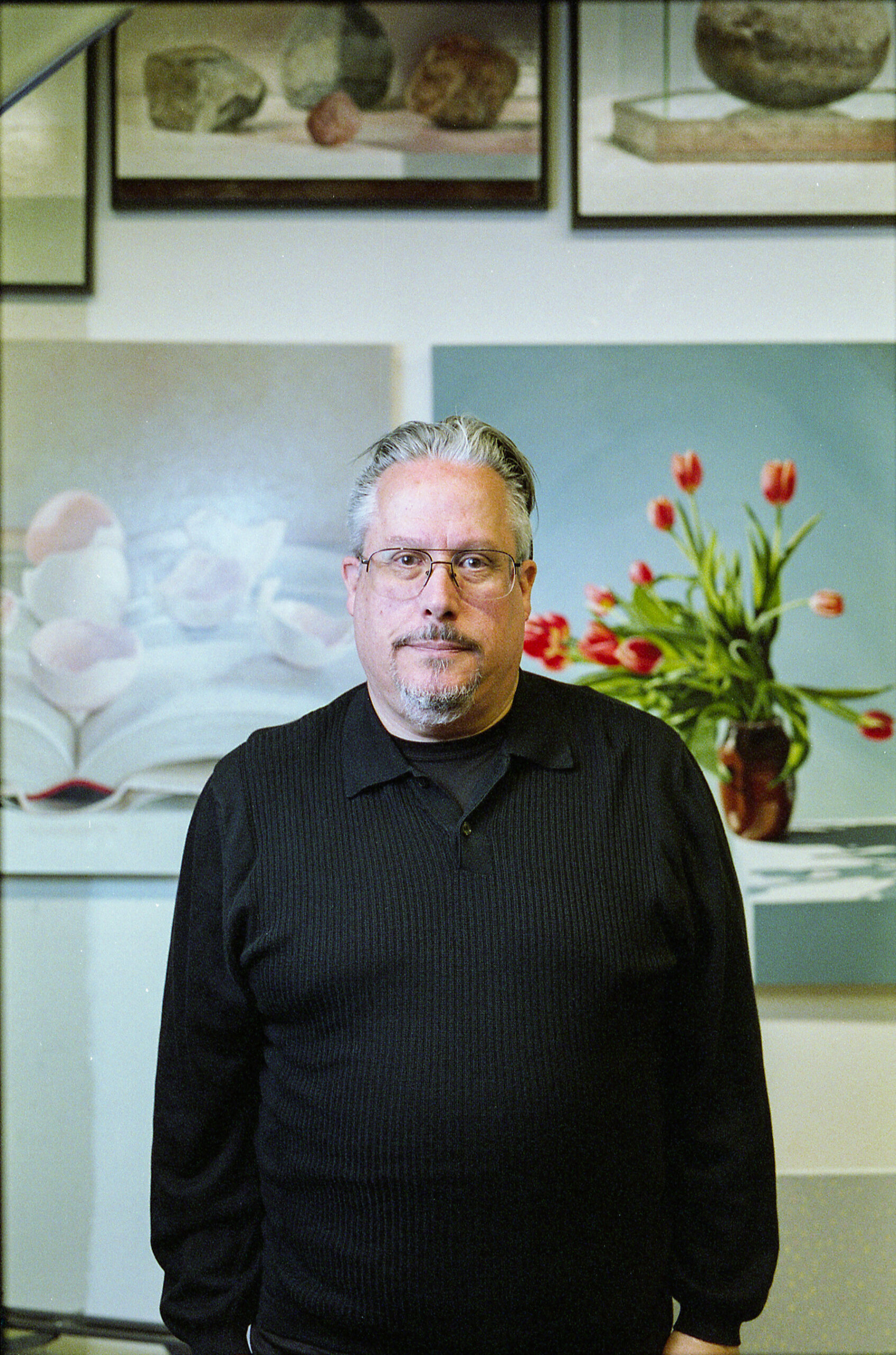Brian Jungen: More Than A Curator’s Artist
An Exhibition Review by Jason Baerg
Upon entering the gallery on the opening night of Brian Jungen’s exhibition at the Musée D’Art Contemporain De Montréal, the voice of curator Daina Augaitis, from the Vancouver Art Gallery is heard over a large crowd assembled to listen to an informative discussion with Brian Jungen. The dialogue introduced the audience and a greater understanding of the installation of Jungen’s major ten-year retrospective. Jungen’s exhibition began its tour at the New Museum of Contemporary Art in New York City and has since travelled to the Vancouver Art Gallery and the Musée D’Art Contemporain De Montréal.
The exhibitions begin with six ink drawings that range in sizes varying from 12”x9” and 14” x 103/4” created between 1993 and 1997. Five works are untitled and all six are mounted significantly in a group. These drawings link and symbolize Brian Jungen’s creative journey and deal with issues and desires informed by his “mixed heritage” identity. In the first untitled piece, two road signs read — First Nation, Second Nature— and strategically point in opposite directions. The middle drawing suggests the space where Jungen is spiritual as three birds in flight propose some kind of freedom. In the last couple of drawings, we get a sensual glance at some politically charged pieces, as highlighted in Mountie Bottom, a drawing of an Aboriginal man sodomizing a male Royal Canadian Mounted Police Officer. These works offer insight into Jungen’s vantage point and become the critical link that guide us through most of the works thereafter.
Brian Jungen, Isolated Depiction of the Passage of Time, 2001 plastic food trays, television monitor, DVD, wood Collection of Bob Rennie, Rennie Management Corporation, Vancouver Photo: Trevor Mills, Vancouver Art Gallery
Following the gallery flow, Isolated Depiction of the Passage of Time, 2001, is the next piece we are meeting. It is an installation made of approximately 1500 plastic food trays, covering a television monitor that beckons the voice of actor, James Earl Jones in a dramatic conversation within prison confinement from the soundtrack of the film The Great Escape. At first glance, the work seems unassuming. However, after closer examination, the work impressively proves to be one of the most poignant political works. It encourages discussion of the large percentage of male Aboriginals incarcerated in prisons across Canada and the discrimination that continues to be endured. Isolated Depiction of the Passage of Time profoundly repositions itself and holds a strong presence in the installation.
Each gallery space serves as a stepping-stone for the larger recognized pieces we shall encounter. Hints of masterworks are within eyeshot as we witness a continuation of Jungen’s exploration in materials, complete with the popular Nike presence that starts to infiltrate among smaller floor and wall works. Little Habitat I and Little Habitat II, lead us to Modern Sculpture, which is all comprised of Nike produced materials such as product packaging and soccer balls. This work extends a large part of a message that references Duchamp’s early surrealist works in which Jungen reinvestigates the readymade. These works successfully dance between shelter, window dressing, consumerism and sculpture.
A glimpse of the Prototypes for a New Understanding draws us into a sensitively curated room. A complete selection of 23 masks/prototypes are installed, unaffected by Plexiglas barriers, granting the viewer an intimate opportunity to closely observe the collected works. The masks, constructed from the Nike Air Jordan’s series, transcend contemporary commercial design, in which they supersede their initial intent as effortless references as objects of sacred ceremony of the Haida Nation of British Columbia, Canada. The Prototypes for a New Understanding initiate questions like; Is the human hair from Aboriginals? What is the artist’s relationship to the ceremony? How will these pieces affect the Artist’s continued production? These are questions that only Brian Jungen can answer.
The gallery directly outside from The Prototypes for New Understanding illustrates Brian Jungen’s journey through large wall drawings that illustrate his passage from art school to working artist by engaging with the museum space and the outside world. The wall drawings refer to his time spent probing the street searching for public response to what the general populace’s thoughts were on what Aboriginal Art should look like. Collecting such images of dream catchers and Lysol cans, he then reproduced the drawings made by the public in the gallery, by enlarging and engraving them with a Dremel tool deep into the wall’s surface. These works establish clear links to graffiti brought from the streets to an institution space and raise their level of social conscience while at the same time investigating new extensions in drawing.
The baseball bat series Talking Stick 2005 offers works engraved with phrases such as Collective Unconscious, Work to Rule, and First Nation, Second Nature. The baseball bats have similar mystic qualities of the Prototypes for New Understanding and transcend something beyond their physical and surface structure -referencing spirituality, traditions and ceremony. Among the various text panels in the exhibition, there is no direct reference to totem poles, but the format of the presentation, technique and graphic messages on the baseball bats demand a physical connection to iconic Totems of the West Coast. The bats take on the suggestion of something invasive or proactive; more so than the masks do. The bats suggest a commitment to act by the nature of their intended purpose. These sentiments are reiterated in Jungen’s commentary in the video interview with curator Daina Augaitis where he discusses the piece Work to Rule in relationship to worker unions. A baseball bat’s function is to be swung and when linked to a phrase such as “Work to Rule”, it conjures images of conflict resolution during such times as labor strikes.
Study for Evening Redness in the West, 2006, a replica of a single human skull constructed out of baseball skins is also included in this gallery space. The skull is signed with pen marks that take on reference to tattoos. The jawline and prominent brow bone are jackal-like. The spirit of the work resonates with an urban feel, summoning a street edge. There is a certain raw quality about the skull that extends a fascinating dynamic.
The final gallery presents the series that is most famous and anticipated. The wall captioning reads, “…these are the first of Brain’s three monumental whale skeletons…”
Brian Jungen Cetology, 2002 plastic chairs, Collection of the Vancouver Art Gallery, purchased with the financial support of the Canada Council for the Arts Acquisition Assistance Program and the Vancouver Art Gallery Acquisition Fund, 2003 Photo: Trevor Mills, Vancouver Art Gallery
The caption suggests that this will be a direction that we can foresee the Artist continuing to investigate. As far as we know there are only three of these sculptures and they are all present in this room. If this is the first of three, it suggests that there will be more of these works to come. From a distance, three white large sculptures seem to float in space, possessing a pristine eminence as they soar collectively in the air in a dreamlike state. They physiologically take the audience to the cool depths of the ocean, then to the atmospheres of the airy boundaries of a swimming pool deck and then back to the starkly contrasted exhibition space. There is an enormous sense of movement in the installation.
The skeleton structures are mass-produced deconstructed plastic garden chairs that take on a dense yet fragile bone like quality. Upon closer investigation of Cetology2002, there is something tremendously guttural about the work. By looking into the stomach cavity of the beast, we witness the physicality of the process, to view stories of construction told by metal nuts, bolts and transparent fishing wire that hold the piece intact. A greater sense of our direct relationship with the environment occurs upon closer examination. There is a reflective component that initiates the viewer to contemplate humanity’s current space as to how we govern our resources while developing relationships with other creatures and ecologies of this realm.
Brian Jungen distinctively investigates timely issues of humanity’s place in artificial and natural environments. His installations engage an experimental mystery while his mastery is extended as he approaches his subject matter and materials with conviction. The touring exhibit, presented at the Musee D’ Art Contemporain de Montreal, delivers sequences of work from the last decade that are poignant and relevant to Jungen’s heritage while builds bridges into the populace reflecting something that scales beyond borders.
Brian Jungen is more than a Curators Artist. He has an audience and intention that spans far beyond academic and institutional appreciation. The opening events were well attended by the Arts and Media community. It was also a pleasure to have a large contingency from the Ottawa and Toronto membership of the Aboriginal Curatorial Collective present.
© Jason Baerg 2006
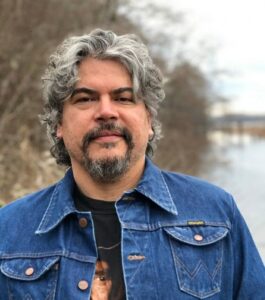 Brian Jungen was born in 1970 on a family farm north of Fort St. John, British Columbia. His father was Swiss born and immigrated to British Columbia with his family when he was three years old. Jungen’s mother was Indigenous, a member of the Dane-zaa Nation. Jungen recalls his mother’s ability to adapt objects to new uses, something he now famously does within his artistic practice. He recalls “She was constantly trying to extend the life of things, packages, utensils. Once we had to use the back end of a pickup truck as an extension for our hog pen.”
Brian Jungen was born in 1970 on a family farm north of Fort St. John, British Columbia. His father was Swiss born and immigrated to British Columbia with his family when he was three years old. Jungen’s mother was Indigenous, a member of the Dane-zaa Nation. Jungen recalls his mother’s ability to adapt objects to new uses, something he now famously does within his artistic practice. He recalls “She was constantly trying to extend the life of things, packages, utensils. Once we had to use the back end of a pickup truck as an extension for our hog pen.”
In 1988 he moved to Vancouver to attend the Emily Carr Institute of Art and Design. He graduated four years later with a Diploma of Visual Art. After which he moved to Montreal and New York City prior to returning to Vancouver.
In 1998 he took part in a self-directed residency at The Banff Centre for the Arts, Banff, Alberta. This residency would become the tipping point in his career. As it was there that he began to work on his now famous Prototypes for New Understanding (1998-2005); a series of sculptures he created by disassembling and reassembling Nike Air Jordan sneakers to resemble Northwest Coast Indigenous masks. He would go on to explore his interest in using sports paraphernalia creating sculptures out of catchers mitts, baseball bats, and basket ball jerseys. Jungen has stated that it is a deliberate choice to create works out of materials produced by the sports industry; an industry that appropriates Indigenous terminology, such as the team names The Chiefs, Indians, Redskins and Braves. However Jungen’s work is not exclusively tied to his heritage. He has stated “My involvement with my family and traditions is personal – it’s not where my art comes from.”
His interest in architecture and in particular Buckminster Fuller is also evident in his practice with his creation of multiple shelters for humans, animals and birds. Overriding the majority of his work is Jungen’s ability to disassemble and reassemble objects maintaining the integrity and meaning of his source material and yet creating new possibilities for meaning Shapeshifter (2000) / Transmutation (2000).
Brian Jungen was the winner of the inaugural Sobey Art Award in 2002 and the 2010 Gershon Iskowitz Prize.
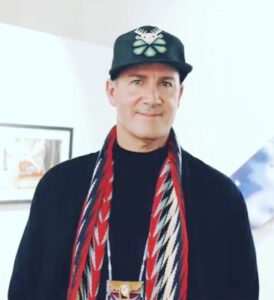 Jason Baerg is a registered member of the Métis Nations of Ontario and serves their community as an Indigenous activist, curator, educator, and interdisciplinary artist. Baerg graduated from Concordia University with a Bachelor of Fine Arts and a Master of Fine Arts from Rutgers University and is enrolled in the Ph.D. program at Monash University. Baerg teaches as the Assistant Professor in Indigenous Practices in Contemporary Painting and Media Art at OCAD University. Exemplifying their commitment to community, they co-founded The Shushkitew Collective and The Métis Artist Collective. Baerg has served as volunteer Chair for such organizations as the Indigenous Curatorial Collective and the National Indigenous Media Arts Coalition. As a visual artist, they push digital interventions in drawing, painting, and new media installation.
Jason Baerg is a registered member of the Métis Nations of Ontario and serves their community as an Indigenous activist, curator, educator, and interdisciplinary artist. Baerg graduated from Concordia University with a Bachelor of Fine Arts and a Master of Fine Arts from Rutgers University and is enrolled in the Ph.D. program at Monash University. Baerg teaches as the Assistant Professor in Indigenous Practices in Contemporary Painting and Media Art at OCAD University. Exemplifying their commitment to community, they co-founded The Shushkitew Collective and The Métis Artist Collective. Baerg has served as volunteer Chair for such organizations as the Indigenous Curatorial Collective and the National Indigenous Media Arts Coalition. As a visual artist, they push digital interventions in drawing, painting, and new media installation.

